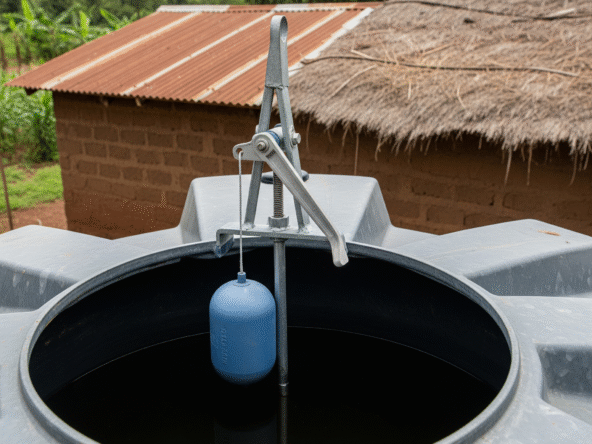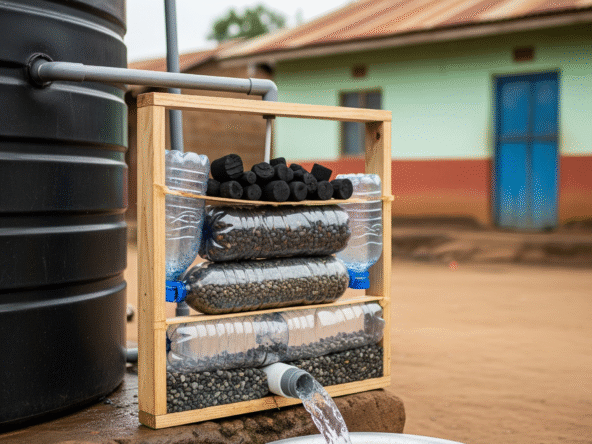In Kenya’s growing rural zones especially in areas like Kajiado, Laikipia, Kitui, and Taita Taveta farmers are increasingly opting for off-grid water systems. Whether for livestock, greenhouses, or domestic use, having a self-sufficient water supply is essential for productivity and independence.
This guide offers a practical breakdown on how to design a reliable, low-maintenance water plan without relying on KPLC or fuel-based systems.
1. Estimating Your Farm’s Water Requirements
Start by determining your daily water demand based on your activities:
| Water Use | Estimated Daily Need |
|---|---|
| 1 dairy cow | 40–60 litres |
| 1-acre drip irrigation | 1,000–1,500 litres |
| Family of 5 | 250–400 litres |
If your farm includes irrigation and livestock, you could require 5,000–10,000 litres per day. Get more help from this guide:
How to Size Your Tank Based on Household Water Use
2. Choosing Suitable Storage Tanks
Water tanks are the heart of any off-grid system. Select durable, high-capacity tanks that can withstand Kenya’s varying climate.
Tank options:
- Polyethylene tanks (e.g. Kentank): Lightweight, UV-stabilized, ideal for farms
- IBC tanks: Good for portable or segmented storage
- Concrete tanks: Long-term underground storage for large volumes
Explore more tank choices in:
Top Water Tank Brands in Kenya
3. Blend Multiple Water Sources for Security
Don’t rely on just one source. Combine these for drought resilience:
- Borehole or shallow well
- Rainwater harvesting during wet seasons
- Seasonal streams or pans for livestock
Use connectors, valves, and float switches to manage flow across sources:
Multi-Tank Linking Systems in Kenya
4. Solar-Powered Pumps: The Off-Grid Gold Standard
Solar pumps eliminate fuel dependency. Ideal for remote farms, they’re quiet, scalable, and cost-effective in the long run.
Setup tips:
- Oversize panels to maintain pressure on cloudy days
- Use a float switch to avoid tank overflow
- Consider a petrol pump as emergency backup
Dive deeper:
Backup Pumping Options During Cloudy Days
Troubleshooting Common Solar Water Pump Problems
5. Gravity-Fed Distribution Systems
Use gravity to move water from elevated tanks to your taps or drip lines.
Requirements:
- Tank height of 3–6 meters
- 1–2 inch piping for sufficient flow
- Shutoff valves and overflow outlets
For layout designs, read:
Gravity-Fed Tank Setups in Kenya
6. Rainwater Harvesting: Low-Cost, High Return
Set up gutter systems on roofs and greenhouses with first-flush filters. Store water in large plastic or underground tanks.
Step-by-step guide here:
Rainwater Harvesting in Kenya
7. Smart Automation with Float Switches
Reduce human error by automating pump operations:
- Tank refills
- Overflow protection
- Alternating source selection (e.g., rain vs. borehole)
Learn how to do it:
Tank Refill Automation Using Float Switches
8. Maintenance Tips for Longevity
Avoid breakdowns and contamination by:
- Cleaning tanks at least once a year
- Screening all inlets and overflows
- Regularly washing solar panels and roof gutters
Follow this guide:
How to Clean and Maintain Household Tanks
A well-designed off-grid water system empowers Kenyan farmers to operate independently—even during droughts, blackouts, or fuel shortages. With smart planning and sustainable equipment, you can maintain a steady water supply for your crops, animals, and home all year round.


